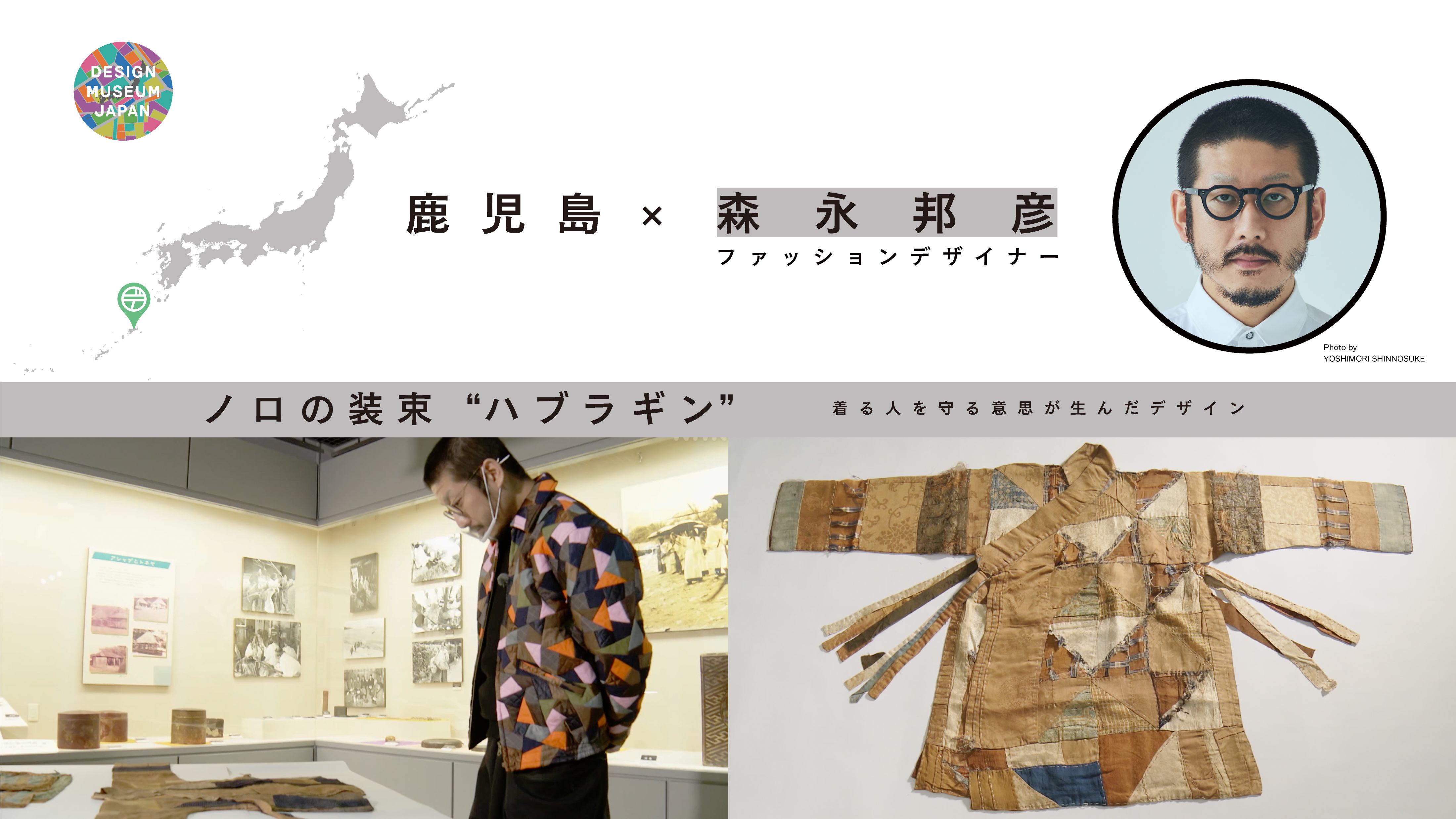Haruka Misawa researched the collection of Kumagusu Minakata (1867-1941), one of Japan’s pioneers in the fields of natural history and ethnology, at the Minakata Kumagusu Museum in Tanabe, Wakayama.
Born in Wakayama prefecture, he was fascinated by the world of nature from an early age. Blessed with strong curiosity and also an extraordinary memory, Kumagusu was self-taught in the things that fascinated him most, focusing especially from the time he entered secondary school across the broad field of natural history. He continued his education at a forerunner of the University of Tokyo but dropped out and moved to the United States and Britain to pursue his private studies there. Arriving back in Japan in 1900, he returned to the rich natural environment of Wakayama and immersed himself in study of the local plants. Kumagusu contributed to the British science journal, Nature, which is said to be a record for a single scientist.
Haruka Misawa Designer
The Minakata Kumagusu Collection

DESIGN TREASURE
The All-Encompassing Gaze
Design Methodology Found in His Collection

Mineral Chest
Courtesy of the Minakata Kumagusu Museum

Portrait of Minakata Kumagusu: Minakata Kumagusu Archives
CREATOR

Haruka Misawa Designer
Born in Gunma in 1982.
After working at the design office nendo, Misawa joined the Japan Design Center’s Hara Design Institute in 2009 and set up the Misawa Design Institute in 2014. She uses an experimental approach which seeks to draw out unknown possibilities through observation of the deeply sunken principles of things. Her recent works include "Paper Verb" (2018), which explored the unprecedented possibilities of paper, "WHO ARE WE" (2021), a mobile exhibition kit for the National Museum of Nature and Science, and "Tamatsukuri Kindergarten Sign System" (2022).
Kumagusu resolved in his teenage years
to make a museum.
Kumagusu collected all through his life. He copied from dictionaries and encyclopedias in childhood. In adulthood, he sought to comprehend the world through the collection of fungal, plant, animal, mineral and other samples. Witnessing the diversity of Kumagusu's collection, Misawa is amazed at “ his tremendous curiosity and inquisitiveness about things that are a bit rare and things he thinks he will never encounter again.”
In the bird catalogue, which is said to have been drawn in his teens, each illustration of bird and name are inserted in a uniform grid which treats every entry as being of equal worth.

Illustrated Catalogue of Birds
Photo courtesy of the Minakata Kumagusu Museum
A New Way of Looking at All Things, Created by a Single Person
Kumagusu’s fungus collection was particularly outstanding. This became his lifework from around 1900, continuing on through his final years. He authored a number of comprehensive guides on the subject, including “The Illustrated Book of Bionomics of Japanese Fungi”. The book combines as many as 100 specimens with hand-drawn illustrations. Each page contains an actual dried specimen, a colorful sketch by Kumagusu, detailed record of his observations in English, and a spore specimen. “Every page powerfully reveals
the fungi in their 3D glory. I can almost smell them. We sense the closeness of Kumagusu’s gaze manifested in these things,” says Misawa. She describes Kumagusu's unique way of looking at things as “endlessly long, humorous, and perhaps oddly shaped.”

Misawa is impressed by "The Illustrated Book of Bionomics of Japanese Fungi.

The Illustrated Book of Bionomics of Japanese Fungi
Photo: Haruka Misawa
Kumagusu's Unbiased View on Everything
Kumagusu had his mineral chests custom-made. He specified the details of the partitions and boxes in the drawers. Each item is accompanied by a small piece of paper with information about where it was collected. Misawa, who saw how the items were organized, commented, "From things brought from the far side of the world to others he discovered in his garden, he didn’t look for the amazingly meaningful or insignificant. He observed everything with the same all-encompassing gaze," she said.

The specimen reveals the characteristics of Kumagusu's collection.


Part of Mineral Chest photo by Haruka Misawa
Where Can We See This Design Treasure?

Installation view: Wakayama Prefecture, Tanabe City by Haruka Misawa, DESIGN MUSEUM JAPAN Exhibition at The National Art Center, Tokyo, Japan, 2022
Minakata Kumagusu Museum
Banshoyama 3601-1 Shirahama-cho, Nishimuro-gun, Wakayama Prefecture 649-2211
Click here for more details.

Minakata Kumagusu Archives
36 Nakayashiki-machi, Tanabe City, Wakayama Prefecture 646-0035
Click here for more details.





























